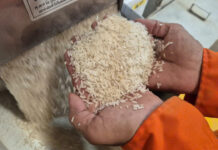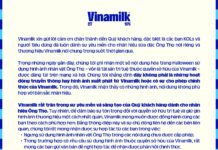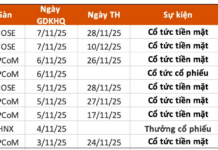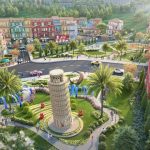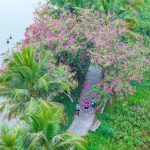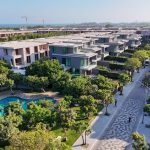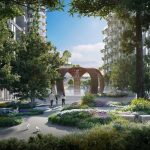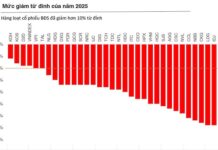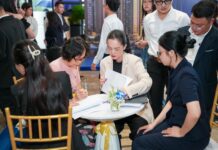Marco Buinhas is an acclaimed Portuguese architect with a rich career spanning over three decades. With a strong foundation in design and a deep passion for art, Buinhas has left an indelible mark on the architectural landscape, especially in Vietnam, where he currently resides.
Over the years, Buinhas has honed his unique approach to architecture, influenced by his experiences living and working in various countries and immersing himself in diverse cultures. One of his distinctive traits is his curiosity about light, surfaces, and structures, perhaps stemming from his color blindness, which has led him to explore and appreciate their intricate interactions.
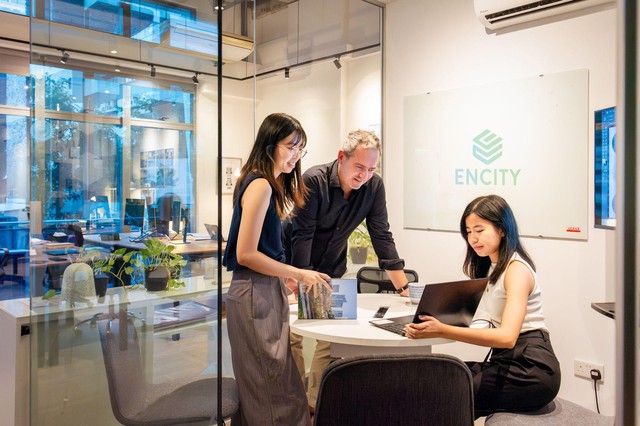
Buinhas’ journey as an architect is intimately tied to his artistic pursuits. He is not just an architect but also a sculptor and painter, with numerous exhibitions under his belt. This multifaceted talent has shaped his design philosophy, where he strives to blend his artistic sensibilities with his architectural creations, drawing inspiration from the unique cultural aspects of each project.
One of Buinhas’ defining characteristics is his profound respect for nature and his ability to listen to the spaces he designs. He recounts a memorable experience of traveling 600km to observe a house enveloped by a clay wall, where he witnessed the interplay of light and floating dust particles. This deep connection with nature and his surroundings is evident in his work, as he seamlessly integrates cultural nuances into his designs.
“Images are what represent people and myself in the most natural way”…
As an architect and artist, Buinhas has a unique perspective on self-expression. Despite his color blindness, he has an innate curiosity about light, surfaces, and structures, which he explores through sculpture and painting. He believes that his artistic background significantly influenced his early career, shaping his approach to space representation and human expression through various levels of cultural context.
Buinhas’ natural mode of expression is through drawing and imagery rather than words. He believes that images are the most authentic way to represent himself and others, as they capture and convey emotions and experiences sincerely.
… And in architecture, one must listen to spaces to understand their locality, exploring to uncover the relationship between culture and design!
Like all architects, Buinhas has a colorful past filled with unique stories. In 2007, while working in Algiers, Algeria, he embarked on a 600km journey to meet Andre Ravereau, a renowned French architect trained by Le Corbusier, who had emigrated to Algeria in 1956. Ravereau was famous for his studies and artistic representations of Algerian indigenous architecture.
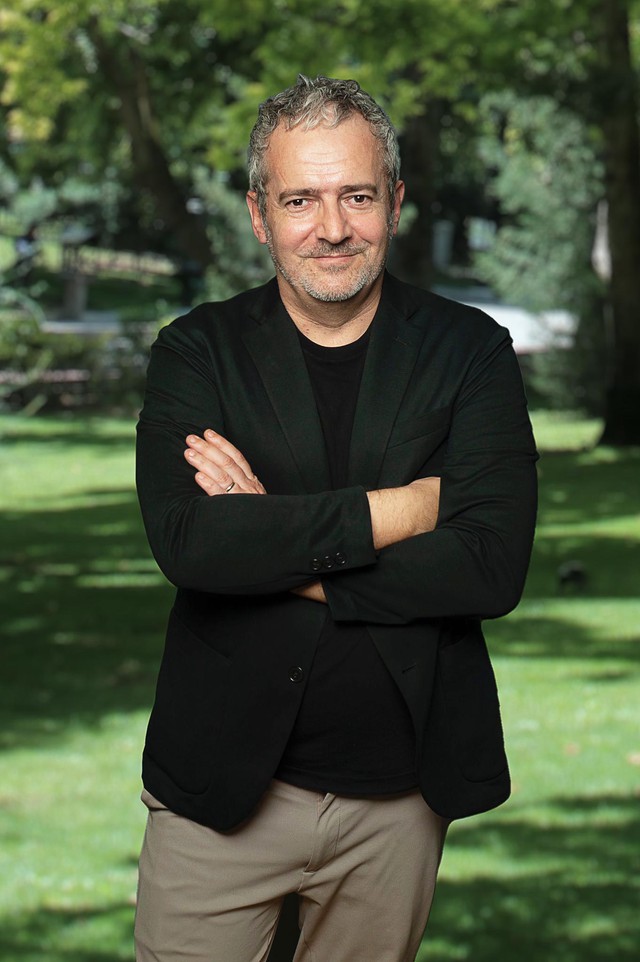
Buinhas’ visit to Ravereau’s home in Ghardaia was a transformative experience. Ravereau’s house, designed by himself, stood out in the harsh desert climate. The temperature outside soared to 40°C, but inside, it was a comfortable 10 degrees cooler due to the ingenious design—a series of interconnected rooms creating a shell-like spiral. The light was limited to slivers filtering through the roof, illuminating the floating dust particles and creating an otherworldly atmosphere. The space even had its own unique acoustics, with the sound of echoing waves.
“These experiences stay with me,” Buinhas reflects. “I know that, at some point, I will encounter them again in a different context. My design ideas stem from these experiences, the people I work with, and the diverse contexts of my projects. All these elements resonate and influence my architectural creations.”
Before embarking on any architectural project, Buinhas strives to immerse himself in the local culture. He believes that design should not merely serve a functional purpose but also respect and reflect the cultural identity of the place and its people. “Culture encompasses shared elements like language and behavior in various contexts,” he explains. “These elements form an identity, and as designers, we must honor this identity in our work.”
In Vietnam, Buinhas found a deep sense of connection and curiosity. He was intrigued by the country’s 54 ethnic groups and their fascinating dances, the way people moved and utilized spaces, and the simple yet distinctive neighborhood culture. These aspects inspired him to want to contribute more to Vietnam’s architectural landscape.
Buinhas’ respect for nature and cultural nuances is evident in his work. He strives to find the unique breath of life in each architectural project, going beyond evoking simple emotions to serving as a bridge that conveys messages of sharing and connecting through sustainable values. Amid a sea of architectural trends and styles, Buinhas dares to be different, forging his own path and making a distinct mark in the industry.
“In life, beauty moves me, even when I cannot define it logically,” Buinhas confesses. “I am curious about beauty, and I believe it has meaning, so I pursue it.” Beyond architectural definitions, Buinhas emphasizes his duty as an architect to use his heart and dedication to the craft to express his creations sincerely to his clients, touching on the multidimensional aspects of space, people, the environment, economics, and society.
“The Hidden Gem” of Vietnam’s seaside tourism through a collection of over 50-year-old photographs: How has it transformed?
With nearly 200km of pristine coastline, crystal-clear waters, and white sandy beaches, this hidden gem of Vietnam is a true paradise. Its untouched beauty makes it a unique destination, like no other.
Wyndham Grand Lagoona Binh Chau: Distinctive Approach to Hospitality
Nestled amidst pristine wilderness, Wyndham Grand Lagoona Bình Châu stands out as a distinctive destination that seamlessly blends the serenity of nature with world-class amenities and experiences. As an architectural masterpiece, it offers a unique blend of tranquility and exclusivity, making it a beacon of desirability in the Bình Châu – Hồ Tràm real estate market.
Outdoor Living – The Happy Community’s Lifestyle
In today’s world, a fulfilling and happy life encompasses more than just material comforts. It’s about striving for holistic well-being, where physical and mental health are in harmony. The daily choices we make shape our lifestyle and ultimately pave the way for achieving this fulfilling life.


